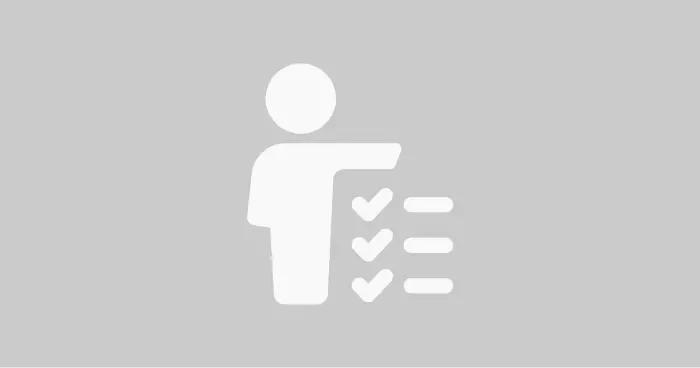When you get your first large customer(s), or you're trying to get that first win in a certain market segment (vertical, geography, enterprise, etc.) it's tempting to "grease the wheels" by lowering your SaaS pricing.
Why discount your SaaS products?
In general, whenever you discount, you need to be able to answer the question "Why?" to all your existing customers and future prospects. You need to be able to explain what you got in return so that they don't think you gave something away that they are now also entitled to.
While it can give you some extra revenue one-time, what's the impact on your all up price perception with your current and future customers? The last thing you want to happen is that the value perception of your product or service decreases because you discount for a certain (group of) customers.
How to offer an effective SaaS discount
Discounting from your standard price list is not bad, as long as you consider the following principles:
1. Money today vs. Tomorrow
Cash in the bank (Prepaid) has a far higher "net present value" than commitments to buy (and pay for something) in the future.
In addition to the security of having money "in hand" vs. having to chase your Accounts Receivable team, your accountant can explain things like "Discounted Cash Flow" and help you to calculate the appropriate discount.
It's very likely that a 10% discount can be justified just by your "cost of capital" to run your company.
2. Drive Brand Awareness
Winning a "big name" customer, for example, a leader in a certain part of the market can be more valuable than the complete cost of the deal.
So as long as you secure the right to talk about this win, and get a commitment to write up a testimonial with a great quote (and logo!) for your website, it's worth doing a steep discount.
Just make sure to understand the pricing precedent you set for others and for future revenues from this client. Ideally, you only give something away in the first year and don't discount ongoing subscription fees or future upgrades.
3. Improve Credibility
As a fast-growing SaaS Startup, you'll have to "Cross the Chasm", especially if you're creating a new product category.
One critical component to go from the Early Adopter" stage to the "Early Majority" is to secure not only Customer Testimonials but references who will help you win deals in the future. Ideally, your discount even secures you a referral in the future. It's OK to ask for this future referral at the time of closing the deal and providing the discount.
4. Volume Discounts
I'm not a big fan of flat volume discounts. If your client needs more, they should pay more. Have you tried to go to your local Safeway and try to convince them that you need a discount because you plan to buy your groceries with them for the rest of the year?
To be clear, a straight volume discount is different from getting money upfront. If you would actually buy in volume at your Safeway right away (you would probably go to Costco) you can definitely ask for a discount.
But you're not getting the discount for just the volume commitment, but for the fact that you also pay right away (see #1). So, by all means, consider Volume Discounts, as long as you ensure you actually get the cash commitment as well.
If your customer is willing to buy more than they need, you have to be careful. If they actually need it, they should just pay (consider the Safeway example...who actually would want to buy more than they need and have to carry the burden of it sitting on a shelf?).
If they really don't need more, but for some reason are willing to buy more anyway, apply rule #1. While it's tempting to discount part(s) of your product if someone buys it in addition to what they really need, consider the additional risk of them not using it and blaming you for that in the future.
5. Joined development of a new Feature
Some Customers need more than what you have to offer, and are willing to help pay for the development. While you have to always be aware to not become a Professional Services Company, and stay on course as a real SaaS Software Company, there are good reasons to embrace these customers.
If the capability you need to develop jointly can really make it into your standard offering and benefit more customers, that could warrant a "co-investment" in the form of a discount.
In this case, make sure to cover your legal bases so that you at least co-own the Intellectual Property that gets created without limitations of using it in your products and selling it to others.
Get your SaaS products to Value-Based pricing first
All of the above examples are assuming your Pricing is based on "Value-Based Pricing". If you still have to mature your pricing strategy and are still in "Market Based Pricing" or worse, "Cost Based Pricing", the dynamics of Discounting change.
While you should still consider the above factors, your first priority should probably be to get out of a world where your cost of service or your competitors determine your price levels.
P.S. - Providing payment terms is just another form of discount. Refer to the first point in the above list to calculate what you're "Giving away" when you provide payment terms.
